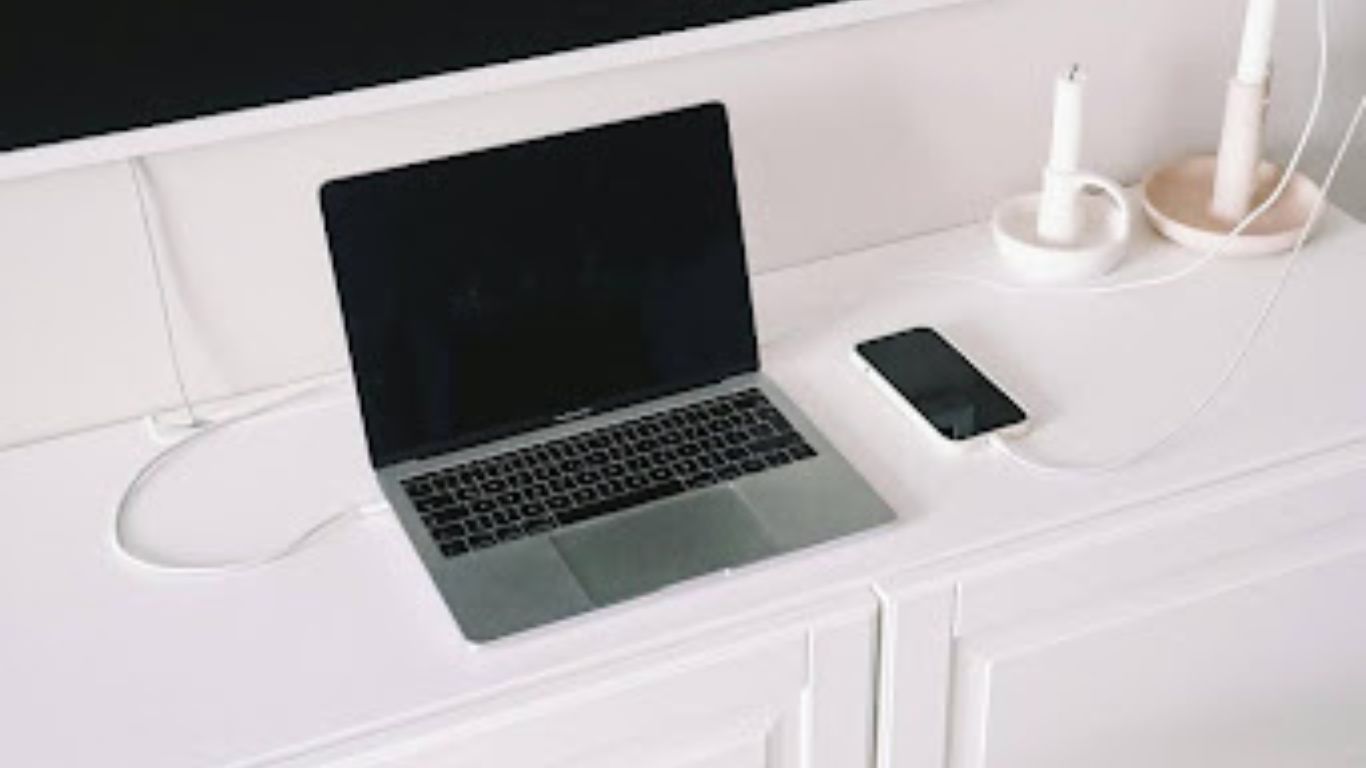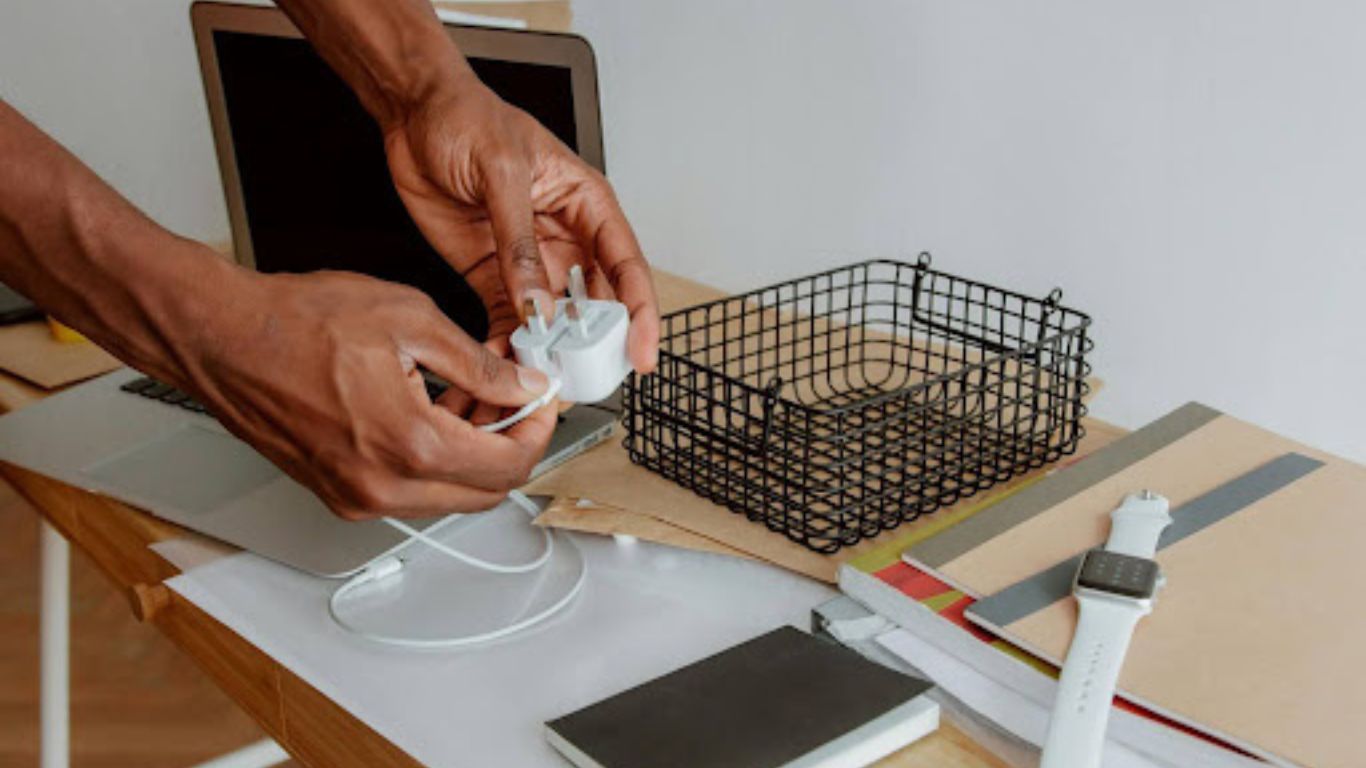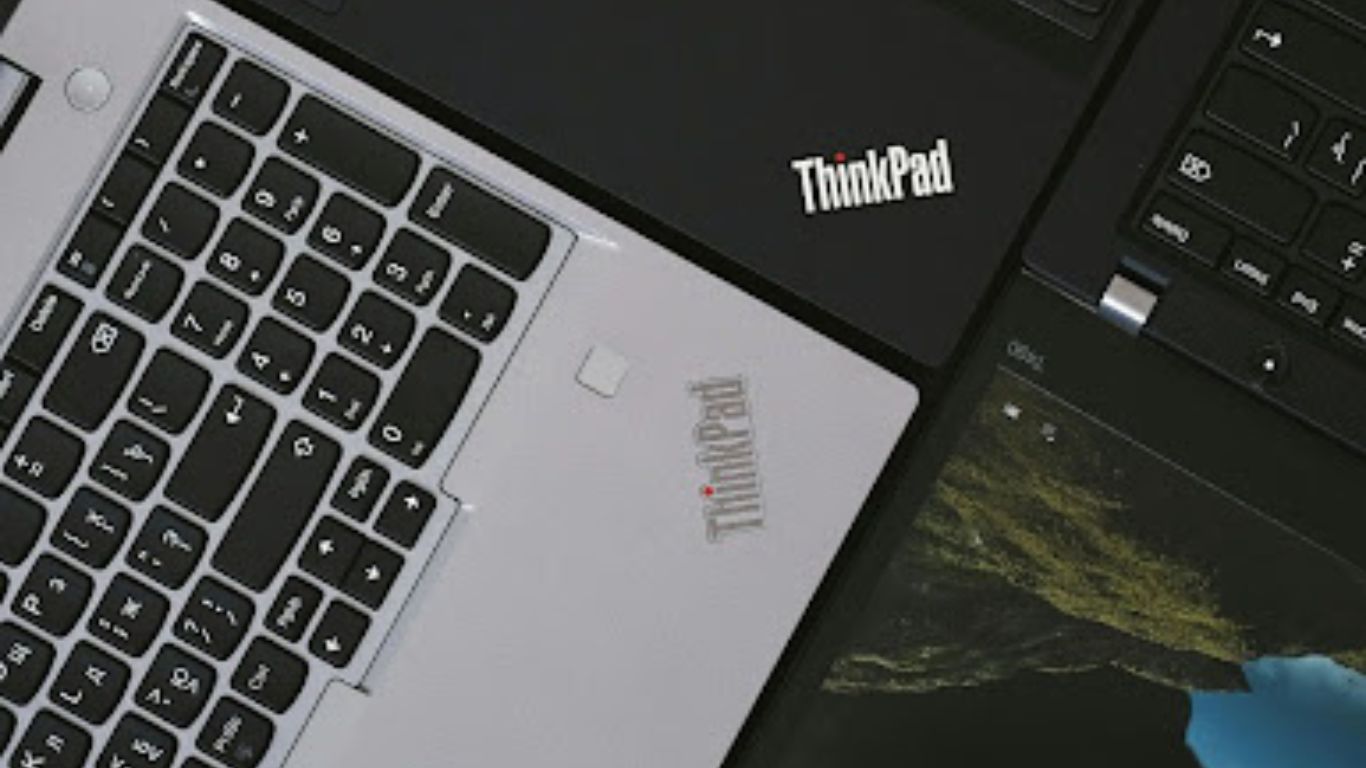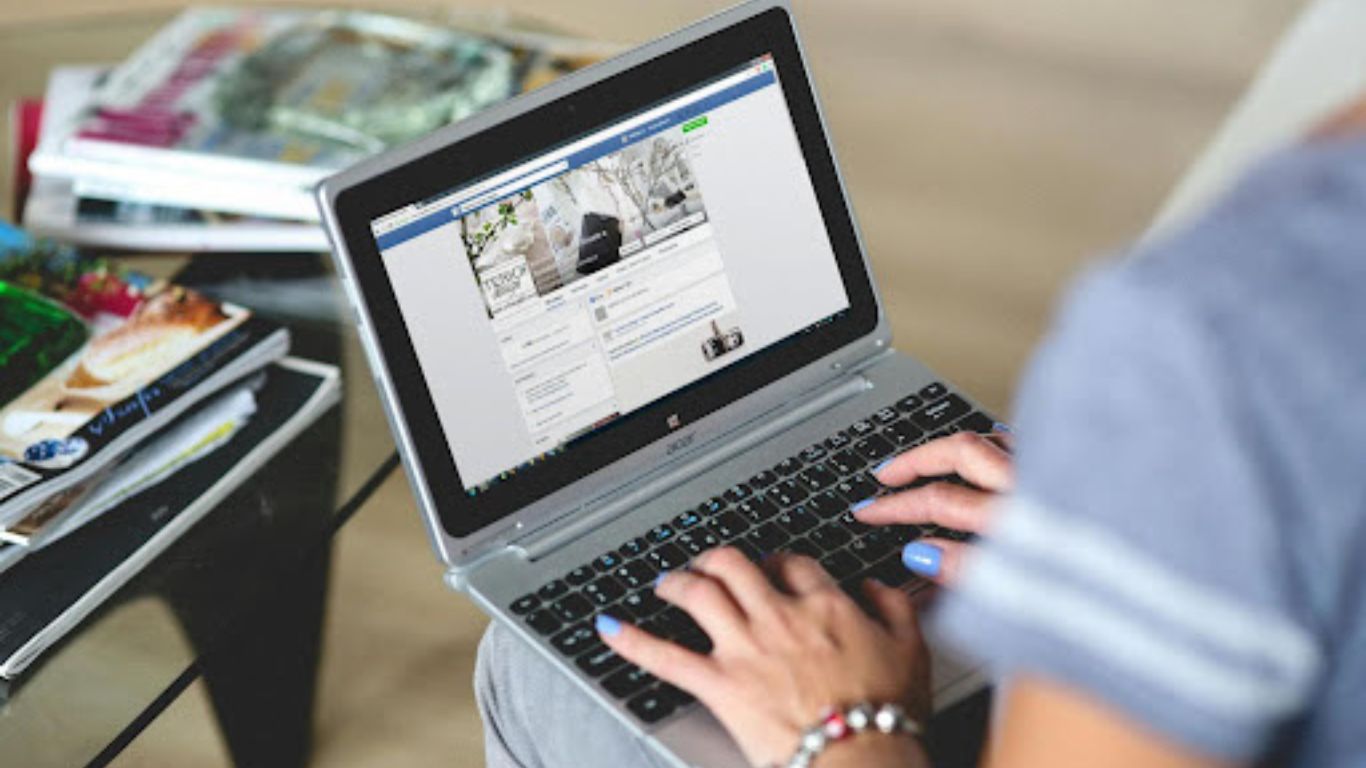The right and compatible hardware is what is required to enable your laptop to connect to your TV. If you want to watch your favorite movies on a larger screen, conduct a presentation, or just reflect your laptop’s display for a more immersive experience then worry no more because we have various methods available. I’ll walk you through a few different approaches below, including the stages and things to keep in mind to ensure a hassle-free and easy experience.
1. HDMI Cable Connection:
This is one of the most used and simple methods to connect a laptop to a television. This method is widely compatible because the majority of contemporary computers and TVs have HDMI connectors.
- Check Ports: Make sure your laptop and TV have HDMI ports.
- HDMI Cable End-Port: Link one end of the cable into your laptop’s HDMI port and the other into your TV’s HDMI port.
- Input Source: Use the tv remote to select your HDMI input source that your laptop is compatible with.
- Display Settings: Go to the display settings on your laptop (located in the system options or control panel) and set them to your preference (e.g., extend, duplicate, or second screen only).
2. Wireless Connection:
Is there any need to connect your laptop to TV if they have the capability to connect wirelessly? Of course not because this is made possible through the application of technologies like Apple AirPlay, WiDi (Intel Wireless Display), or Miracast.
- Wireless Display: Ensure wireless display on your TV is turned on. This may differ based on the model of your TV, kindly consult your TV’s user manual
- Turn on Laptop’s Wi-Fi: Your laptop should be linked to the same network as your television and ensure that Wi-Fi is turned on as well.
- Connect Wirelessly: Use the screen mirroring or wireless display option on your laptop to look for compatible devices and link your TV
Adjust Settings: After connecting, make any required changes to your laptop’s display settings.
3. VGA or DVI Connection:
Linking your laptop to TV is made easier as long as you have the right cable and adapters and it is a VGA (Video Graphics Array) or DVI (Digital Visual Interface) supported.
- Check Ports: Examine your laptop and TV’s VGA/DVI ports.
- Use Adapters: If necessary, connect your laptop to the TV using a VGA or DVI-to-HDMI converter.
- Connect Cables: Place one end of the cable into your laptop and the other end into the matching TV port.
- Select Input Source: Make the necessary input/source selections using the TV remote.
4. Alternative Approaches:
Other connectivity choices, such USB-C, DisplayPort, or even casting devices like Chromecast, can be available depending on the exact models of your laptop and TV. For comprehensive instructions, always consult the user manuals.
Finally
Connecting your laptop to a TV gives you many advantages, and the process is very straightforward. Go for any options available to meet your needs in line with your preference whether wired or wireless connection. You can experience a flawless multimedia experience on the large screen from your laptop by following the above-described methods and making sure your gadgets are compatible.




